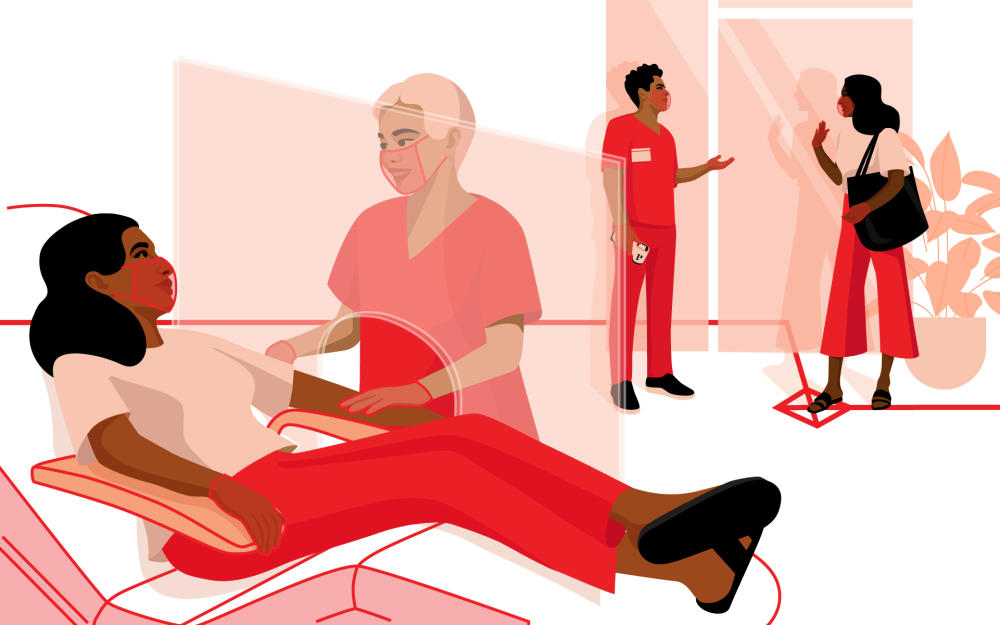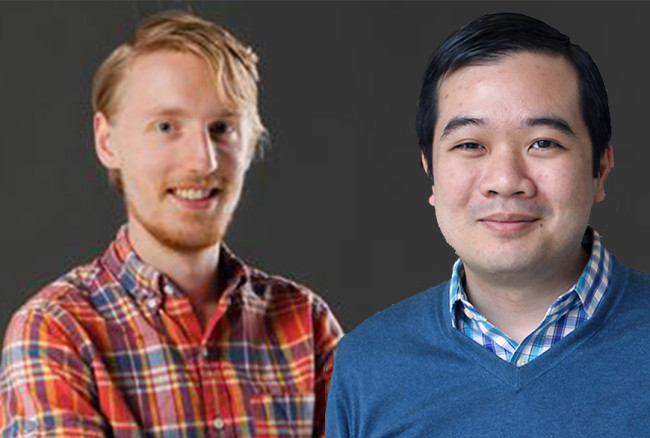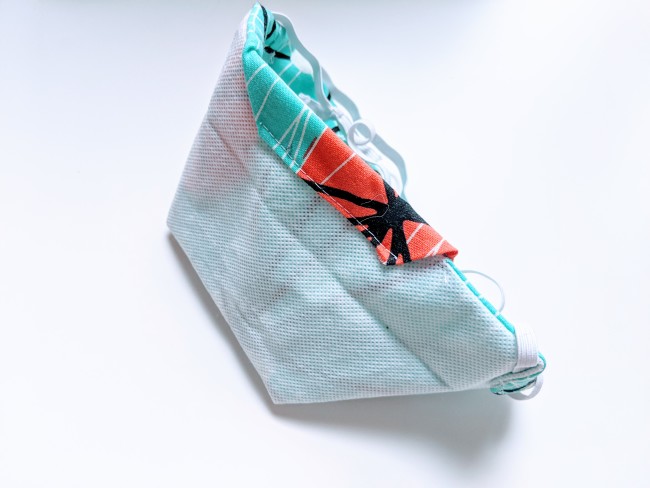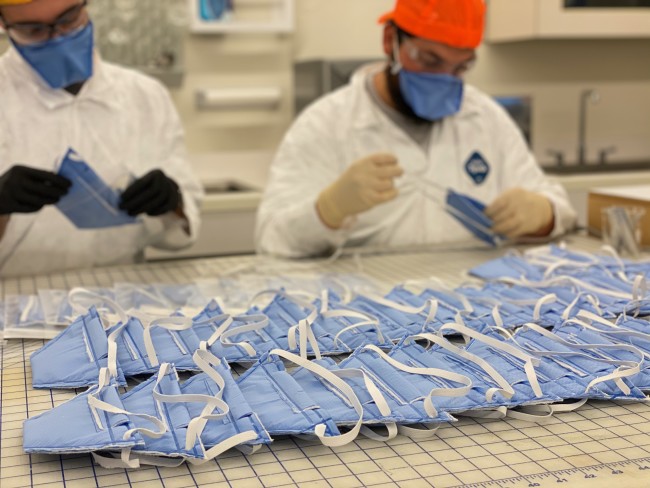
In the middle of March, an emergency call went out asking for blood donors as America’s COVID-19 pandemic began. Blood drives had shut down and, in order to support new social-distancing protocols, blood banks switched to an appointment-only model. Donors rallied, and most immediate collection sites were fully booked. On the surface, it looked as if everything was going to work out. But as the pandemic evolved… we began hearing the call for donors repeated again and again. So we asked ourselves, “What’s going on here—and how might we introduce stability into this system?”
Our current blood-donation situation follows a familiar pattern: A disaster strikes, there’s an increased need, and an altruistic humanitarian force arises. After 9/11, New Yorkers showed up to support the increased trauma need. The Boston Bombing saw Boston Strong neighbors freely volunteering within 24 hours. This dynamic works, but it also can create spikes in the blood supply and cause product to go unused. What’s different this time around is that the pandemic is not an acute incident; it’s a marathon, and as the weeks unfold blood banks across the country are increasingly uncertain if the supply will continue to meet the demand.
There are three compounding factors that make the present moment uniquely difficult. The first is the reality that there are expirations and limitations on the product supply. The majority of blood products have a short expiration date and the donors themselves are no longer eligible to donate for 56 days. The second factor: New donors that would normally show up in a disaster setting have additional concerns about spreading or contracting the virus. For someone who has never given blood before, or who does so infrequently, going to a medical facility in a time of extreme uncertainty takes heroic levels of reassurance. The third factor is a bit of a double-edged sword, in that demand for blood has been low due to fewer elective surgeries and car accidents, but as states reopen and people being to resumes semblances of life as usual this will change and the demand will rise. This means that blood banks are currently operating with an unpredictable demand for blood products and an unreliable source of blood donation.
What’s needed is a means of aggregating supply and demand at a national level, one that can call upon a robust pool of routine donors and integrate new donors to create a steady stream. There are many ways to approach such a problem. Physicians might take one approach. Blood banks might take another. As human-centered designers, we would approach this problem through the lens of backcasting. Which is to say: After identifying a meaningful problem to solve (the COVID-19 blood imbalance), we’ll envision a future state solution, and work our way toward that future. As our colleague Chris Michaud says: “The fastest way to the future starts with knowing where you’re going.”
In the not so far-off future, we can imagine a tool—maybe a website or app—showing the current demand for blood products in each part of the country/state, with a four-week projection. Perhaps it will allow the preferences of blood donors to be matched with all available donation sites and schedule not for immediacy but rather for when individual donations would have the greatest impact on the current level of demand. This would give blood banks a reliable supply and donors the ability to make the greatest difference.
Developing this would take considerable integration of databases and alignment across multiple stakeholders. And since we currently have a national crisis, what can be done in the short term to move us closer to that future vision?
First, we need to even out the supply of donors in a reliable manner. This might include communicating the need to have a constant supply and modifying the appointment schedulers to show later dates with reminders, not to mention also converting as many new donors into routine donors by sending follow-ups and gifting, hand-sewn versions of the GENTL Mask.
Second, we need to develop a new protocol that would allow blood drives to be reopened as the need arises. These guidelines would combine normal safety protocol with the additional social-distancing-behaviors we are now accustomed to. For someone who has never given blood before or who does so infrequently, going out to a medical facility in an extreme time of uncertainty takes tremendous levels of reassurance. In our new world we can no longer be “too sure,” so we’d be remiss if we didn’t also consider steps such as pre-temperature checks outside of the building, physical barriers between the donors and phlebotomists, and way-finding markers that preserve the six-foot bubble along the entire donation journey.
Third, we need to create a system that regularly involves COVID-19 survivors, whose plasma may contain antibodies that are important in treating coronavirus patients. Plasma can be collected from survivors at the same locations as regular blood drives. Or, because this particular population doesn’t need to worry about contracting the virus again, we could send out existing blood buses to collect plasma from survivors or leverage coronavirus survivors Facebook groups to recruit potential donors.
Redesigning the blood-donation economy will require work. Successful implementation will require a deep understanding of the needs of blood banks, phlebotomists, routine donors, new donors, blood drive coordinators, and clinicians. This is a complex system of multiple players and partnerships calls for an ecosystem solution. Blood products are essential for the health of the community, and there are many Americans that rely on a steady supply to recover and manage chronic conditions. Want to contribute to the future of blood donation? Join us.
Illustration by Natasha Polozenko





